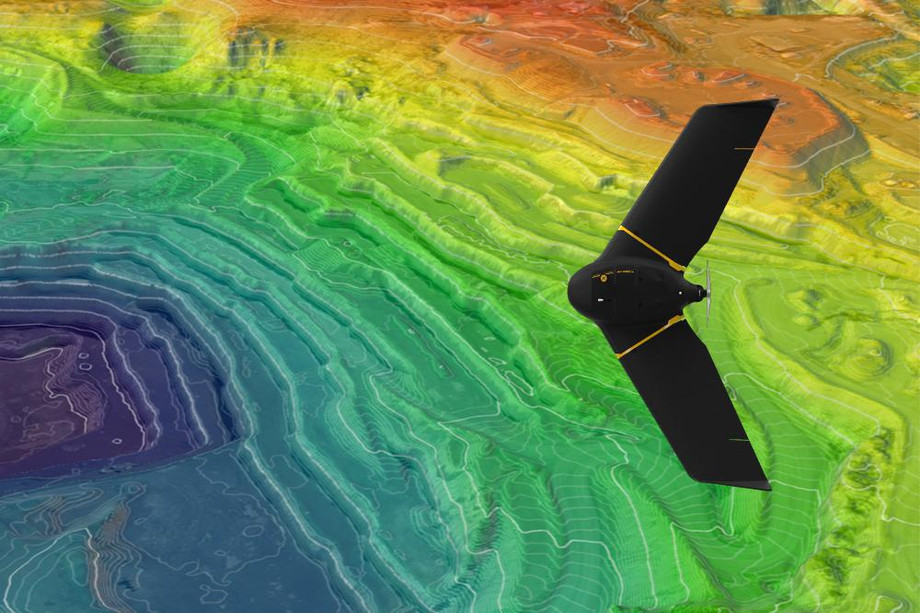Introduction
Precision and accuracy are critical in the UAE’s ever-changing landscape, particularly when it comes to surveying and mapping. Having a reliable surveying partner is essential for urban development, infrastructure developments, and environmental monitoring. And that’s where Falcon 3D shines as the best survey company in UAE.
In this blog, we’ll explore why Falcon 3D stands out and how they’ve earned their esteemed reputation.
I. The Falcon 3D Advantage
- Cutting-Edge Technology: Falcon 3D leverages state-of-the-art technology in their surveying processes. They employ advanced 3D laser scanning, aerial drones, and high-precision GPS equipment, allowing them to capture data with unrivaled accuracy. This commitment to staying on the technological forefront ensures that their clients receive the most reliable and up-to-date information for their projects.
- Experienced Team: Behind every successful surveying company is a team of skilled professionals, and Falcon 3D doesn’t disappoint. Their team comprises surveyors, engineers, and geospatial experts with years of experience in the field. This expertise enables them to tackle even the most complex surveying challenges with confidence.
- Comprehensive Services: Falcon 3D offers a wide range of surveying and mapping services tailored to meet the diverse needs of their clients. From land surveys and topographic mapping to construction layout and utility mapping, they have the expertise and equipment to handle it all. This versatility makes them a one-stop solution for all surveying requirements.
- Efficiency and Timeliness: In the fast-paced world of construction and development, time is money. Falcon 3D understands this and is known for their efficiency in delivering survey results. Their dedication to meeting deadlines ensures that clients can move forward with their projects without unnecessary delays.
- Commitment to Quality: Quality assurance is a cornerstone of Falcon 3D’s approach. They adhere to international standards and best practices to guarantee the accuracy and reliability of their survey data. Clients can rest assured that they’re receiving the highest quality service available in the UAE.
II. Sustainable Practices: Leading the Way
In addition to their exceptional surveying services, Falcon 3D takes their commitment to the environment and sustainability seriously. Here’s a look at how they’re leading the way in incorporating eco-friendly practices into their operations:
- Green Technology Adoption: Falcon 3D understands the importance of reducing their carbon footprint. They have made substantial investments in eco-friendly surveying equipment, such as electric surveying vehicles and solar-powered remote sensing tools. By harnessing green technology, they not only lower their environmental impact but also set an example for the industry.
- Environmental Impact Assessment: Before embarking on any project, Falcon 3D conducts thorough environmental impact assessments. This proactive approach helps identify potential environmental risks and provides strategies for mitigating them. By prioritizing environmental responsibility, Falcon 3D contributes to sustainable development in the UAE.
- Reducing Paper Usage: The company has embraced digital surveying and mapping techniques, reducing the need for paper documentation. This not only streamlines their processes but also saves trees and reduces waste. It’s a small step, but it’s part of their commitment to a greener future.
- Community Engagement: Falcon 3D actively engages with local communities and environmental organizations. They participate in tree planting initiatives, support clean-up campaigns, and promote environmental awareness among their employees and clients. This community involvement demonstrates their dedication to being responsible corporate citizens.
By integrating sustainability into their core values and practices, Falcon 3D goes beyond the traditional role of a surveying company. They set an example for others in the industry and contribute to a more sustainable future for the UAE and the planet.
Conclusion
Falcon 3D isn’t just the best survey company in the UAE; they’re also leading the charge in adopting sustainable practices. Their commitment to eco-friendly technology, environmental impact assessments, reduced paper usage, and community engagement showcase their dedication to preserving the environment and contributing to a greener future. When you choose Falcon 3D, you’re not only getting top-notch surveying services but also supporting a company that values sustainability and responsible corporate citizenship.









